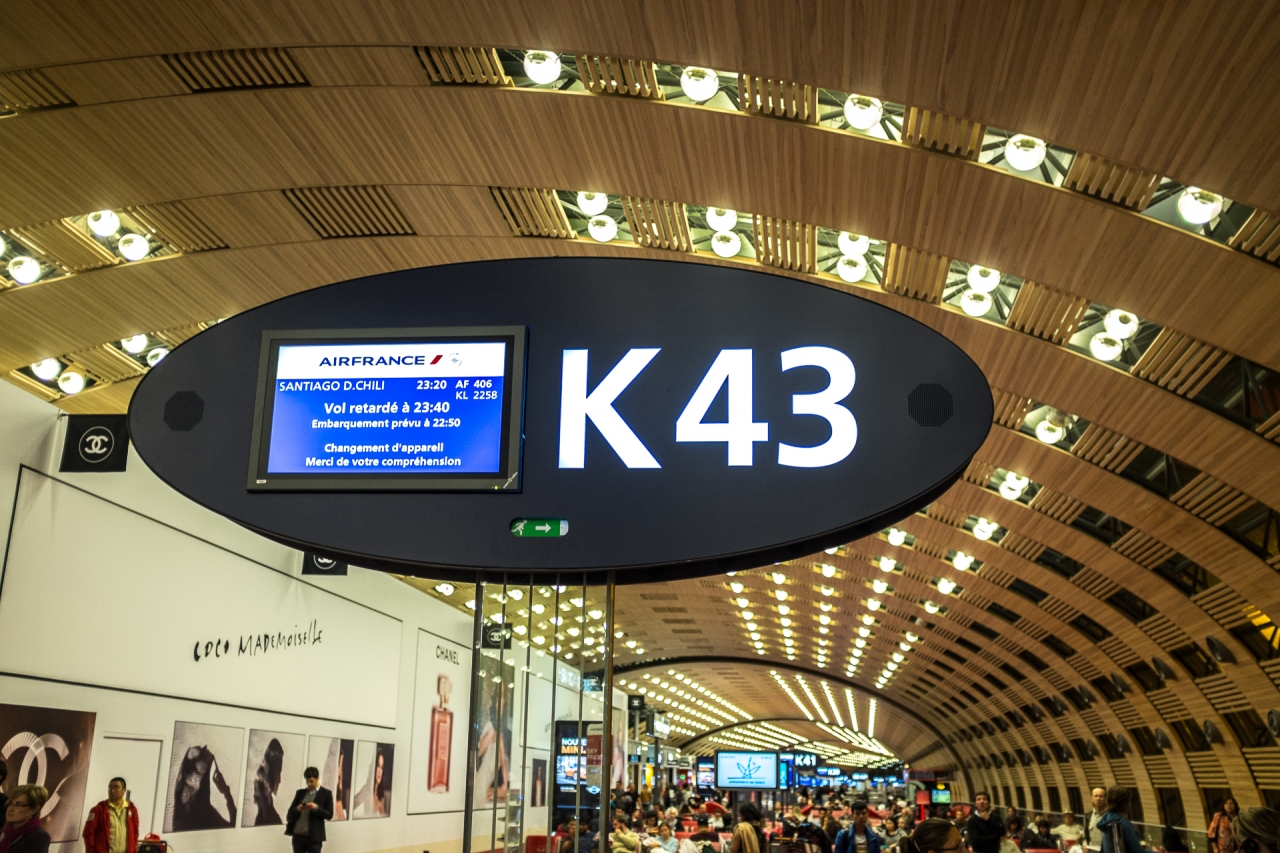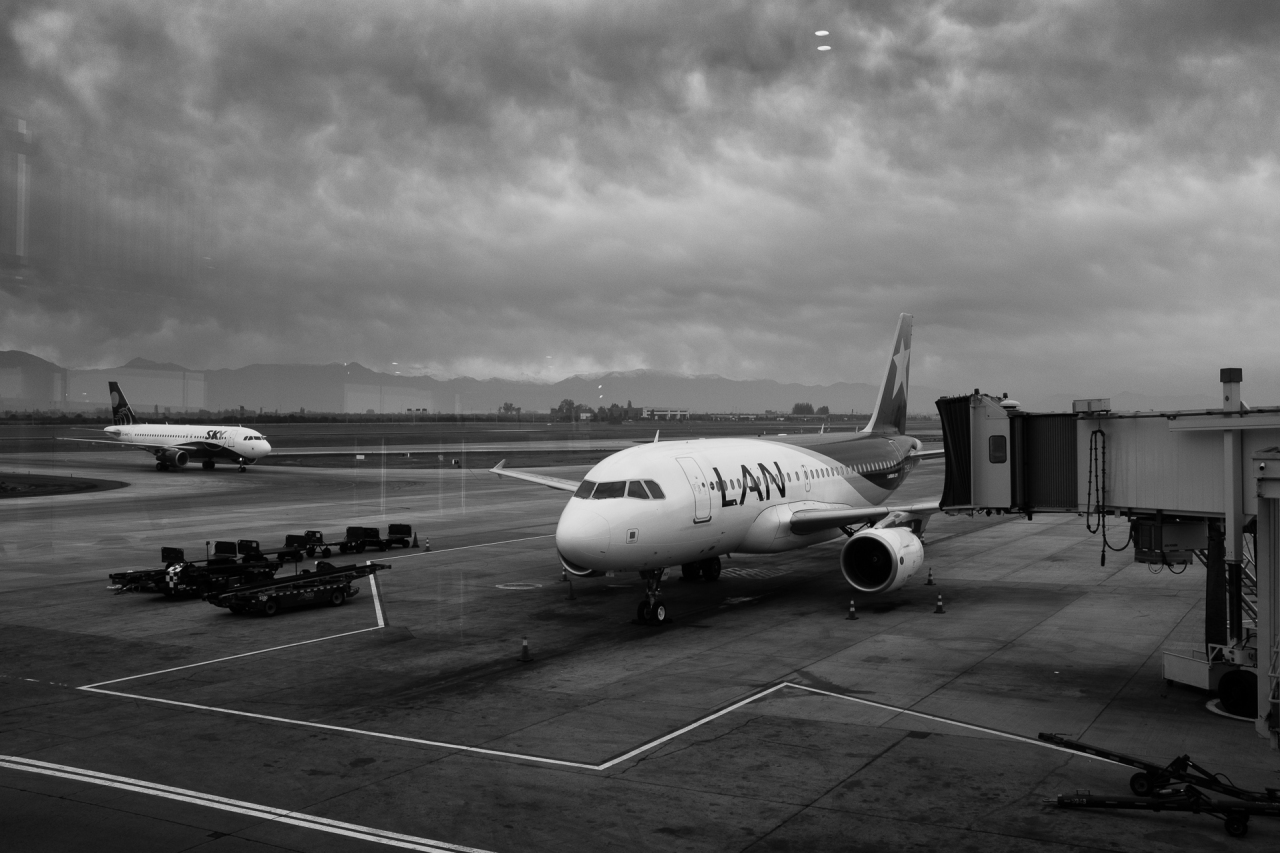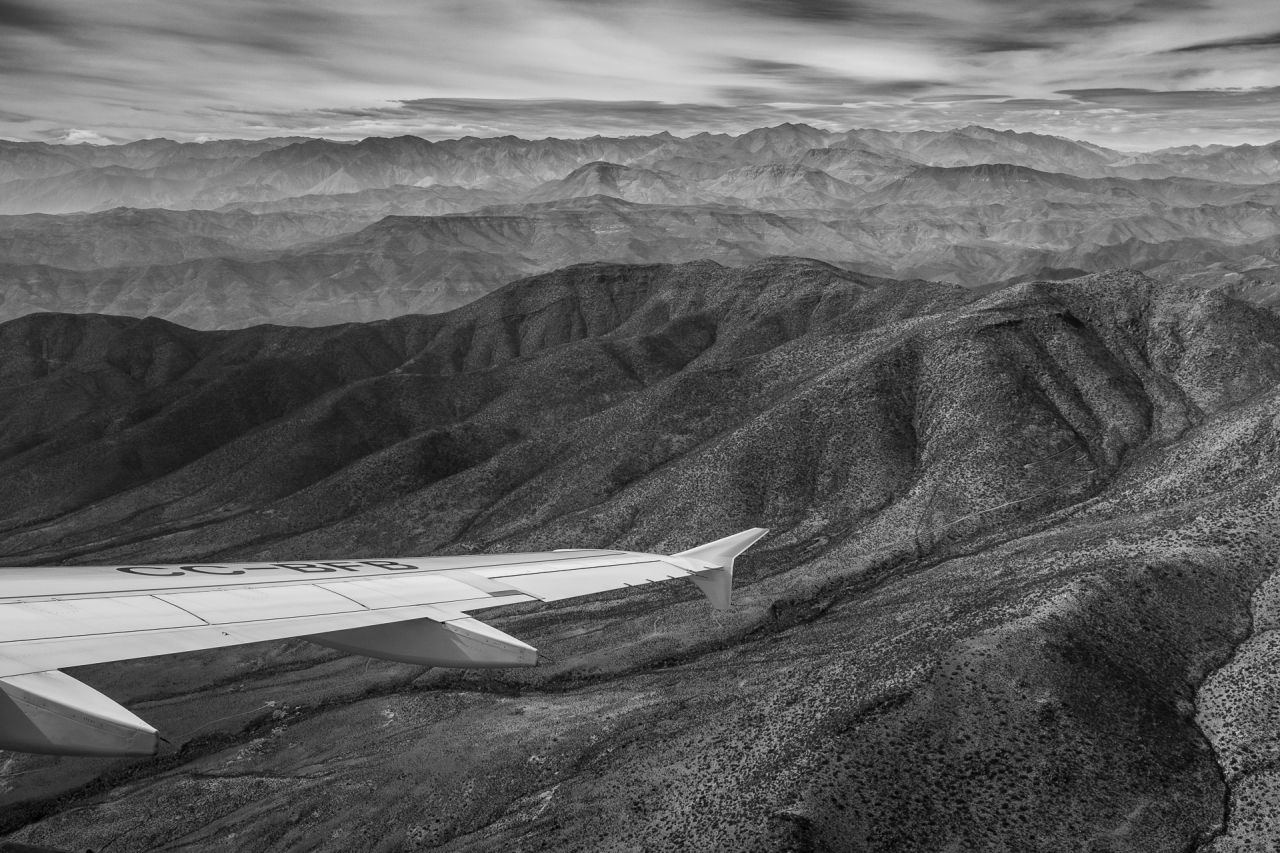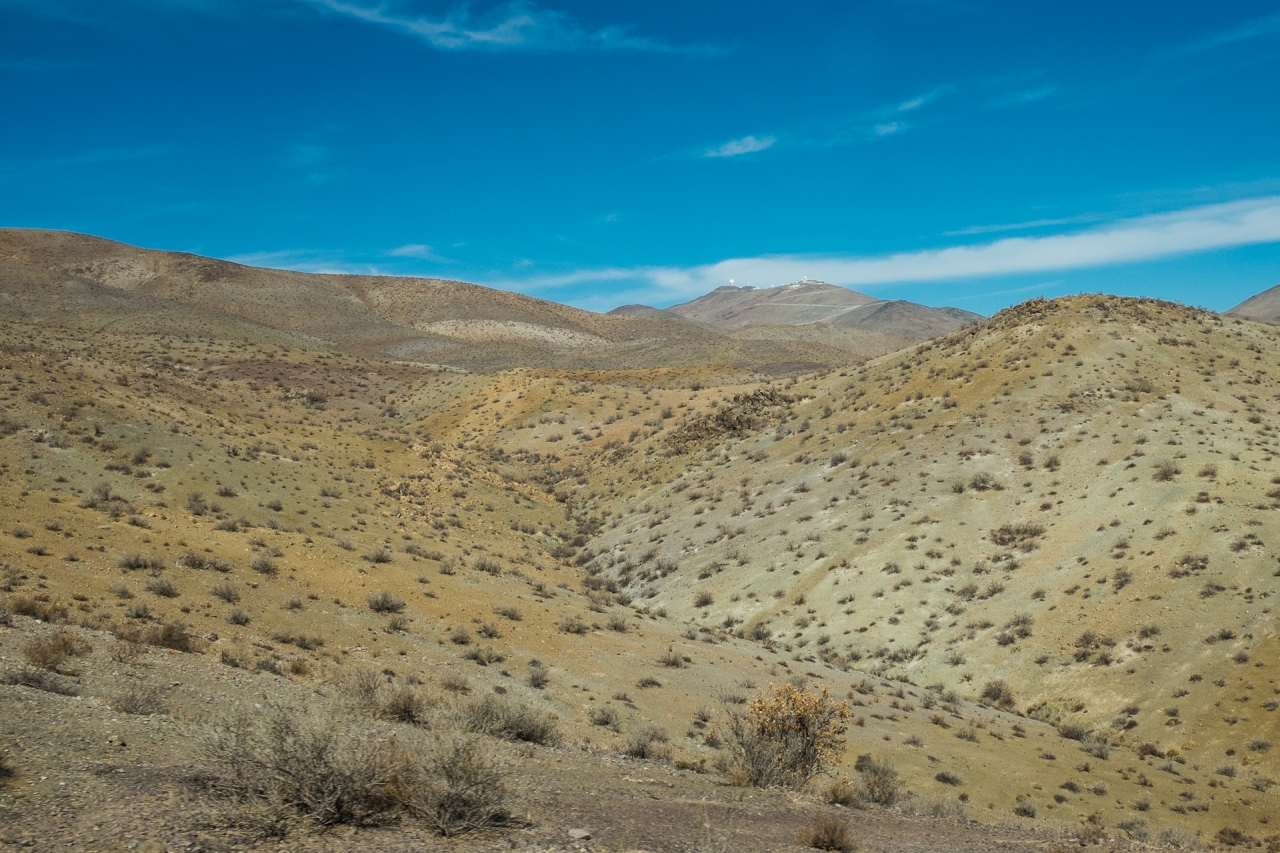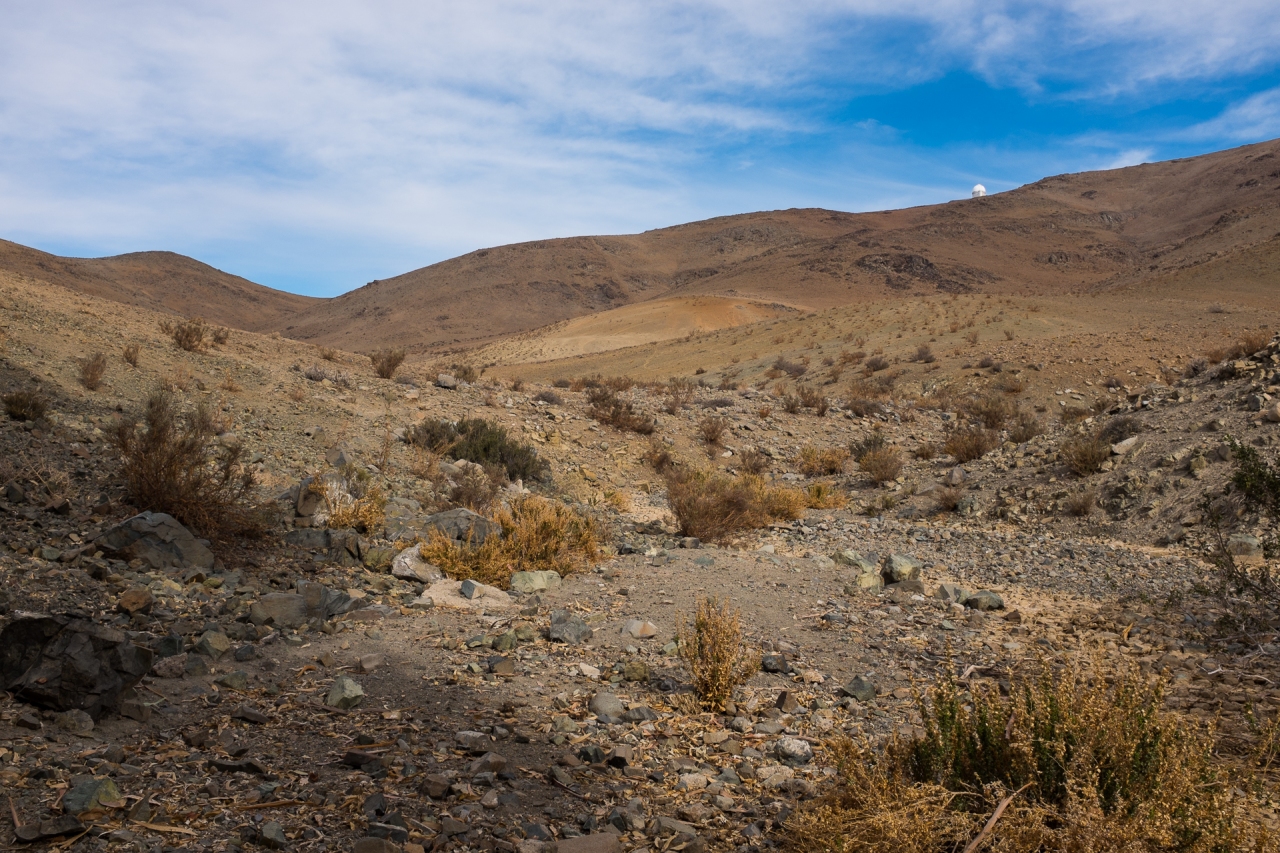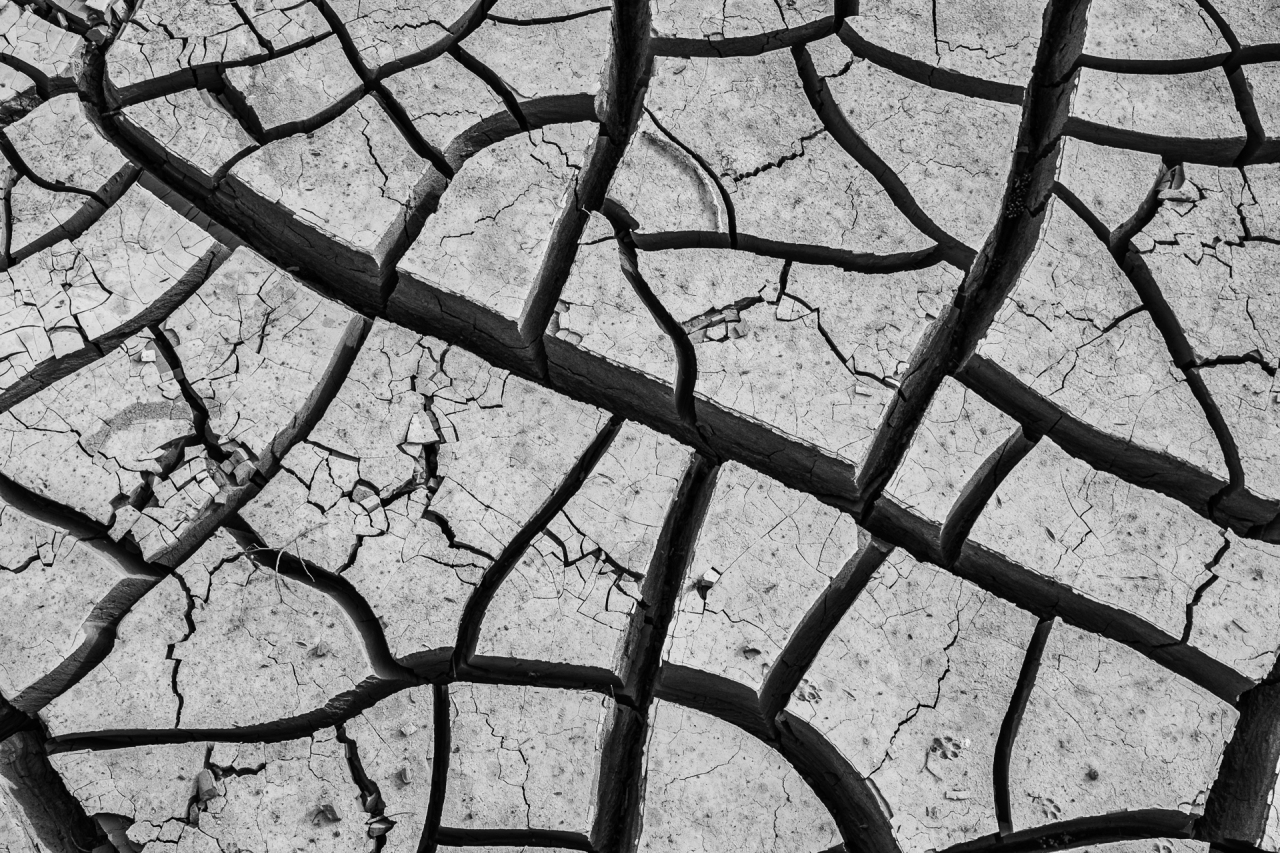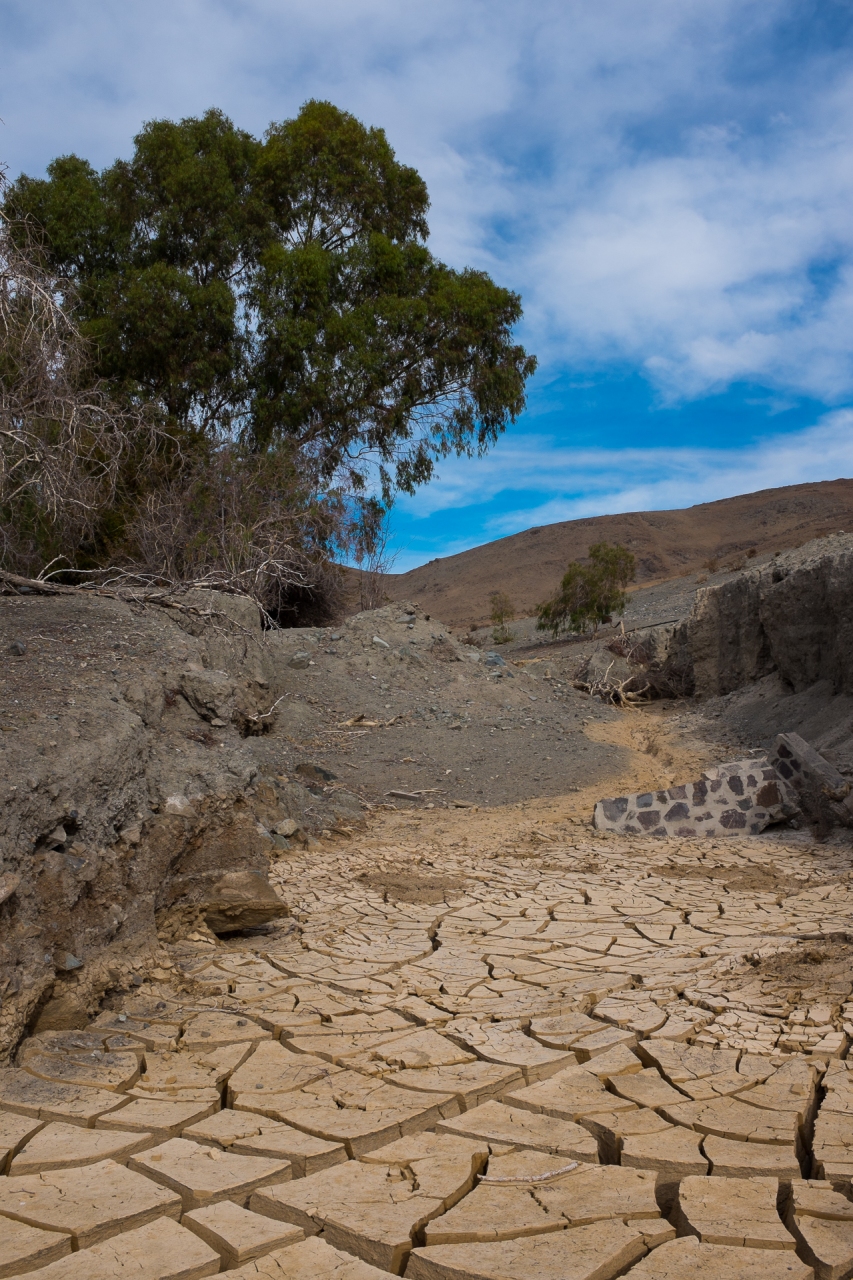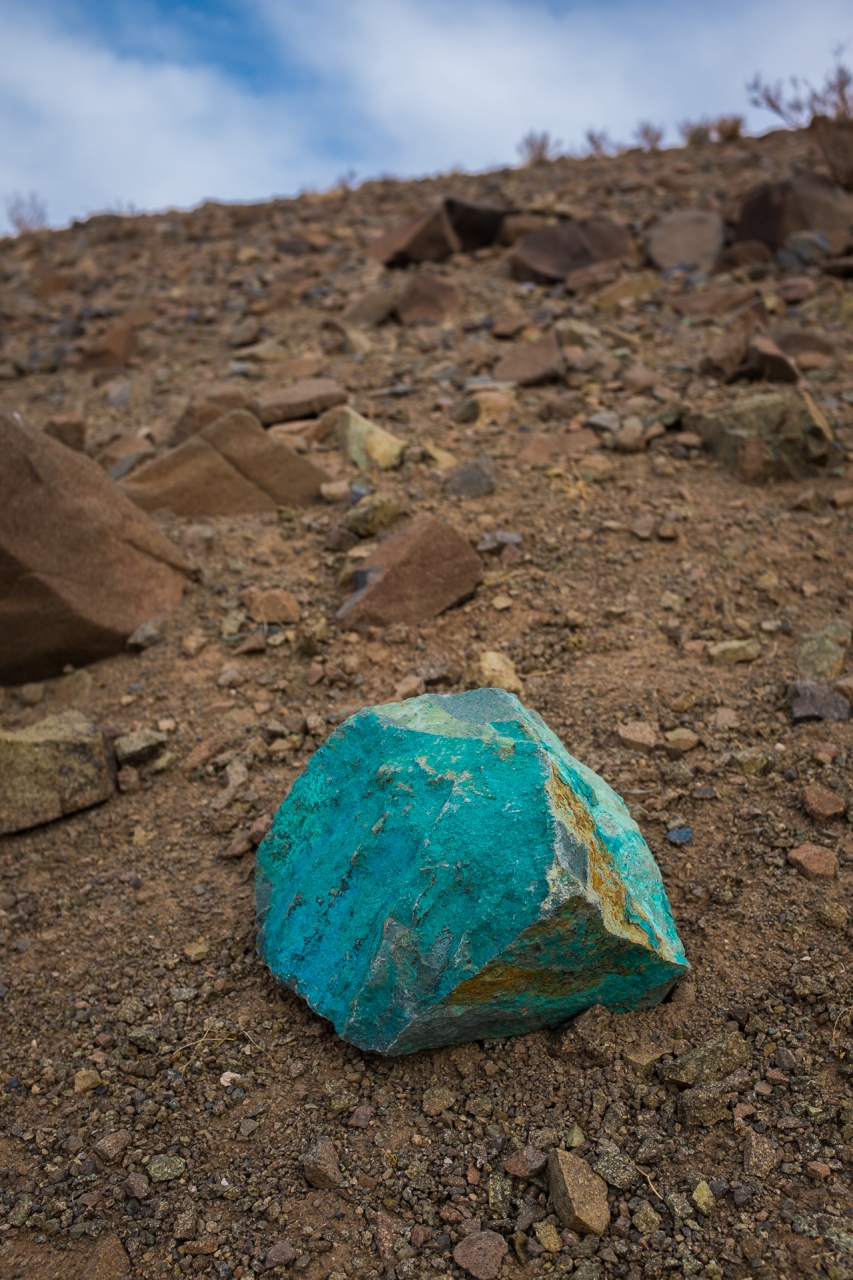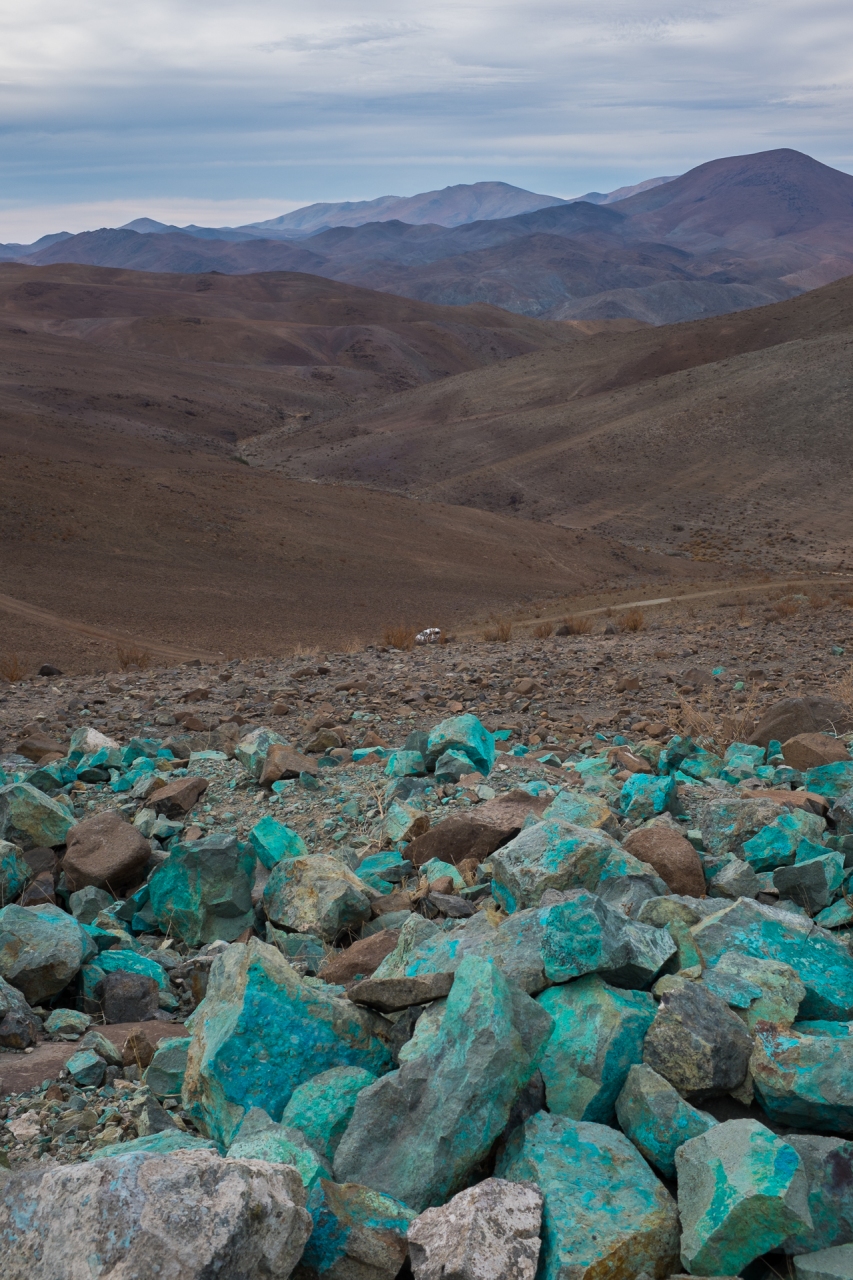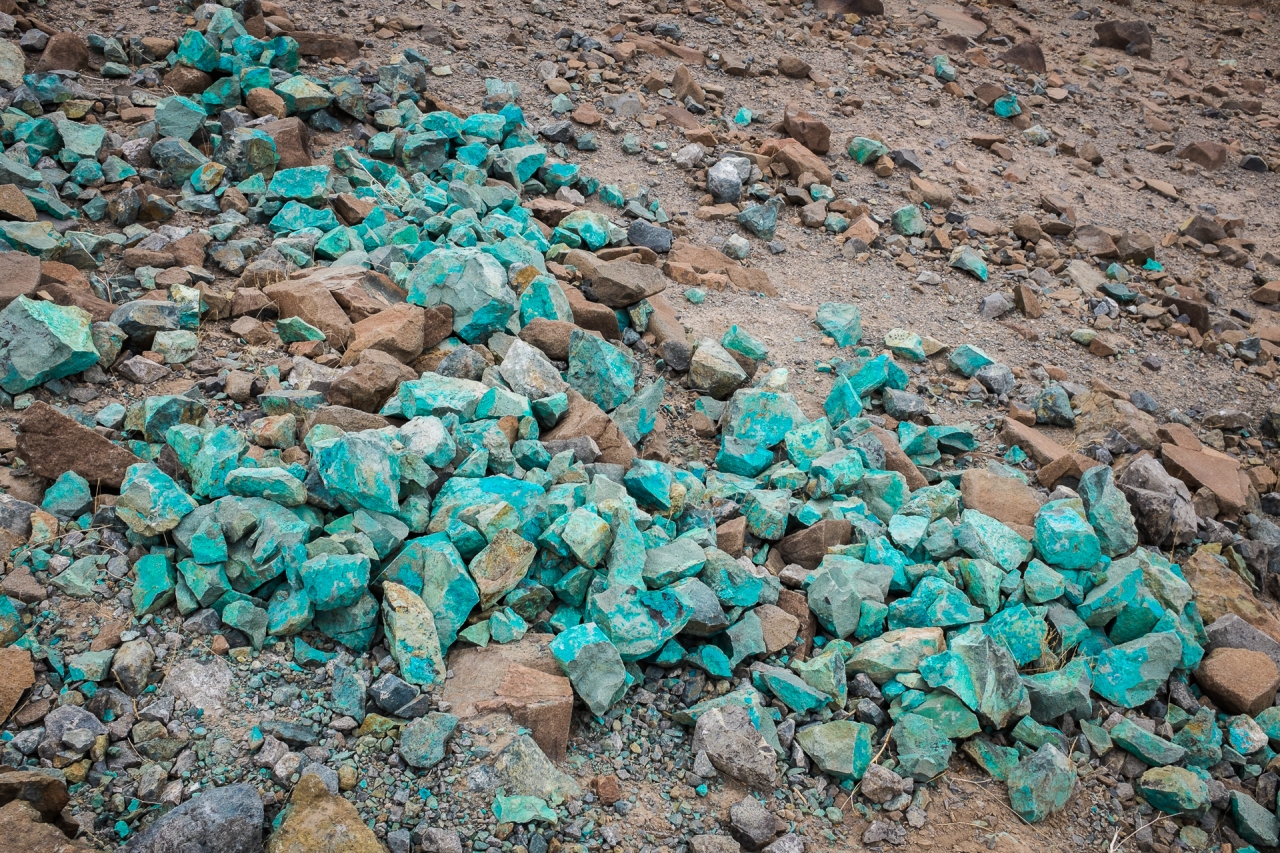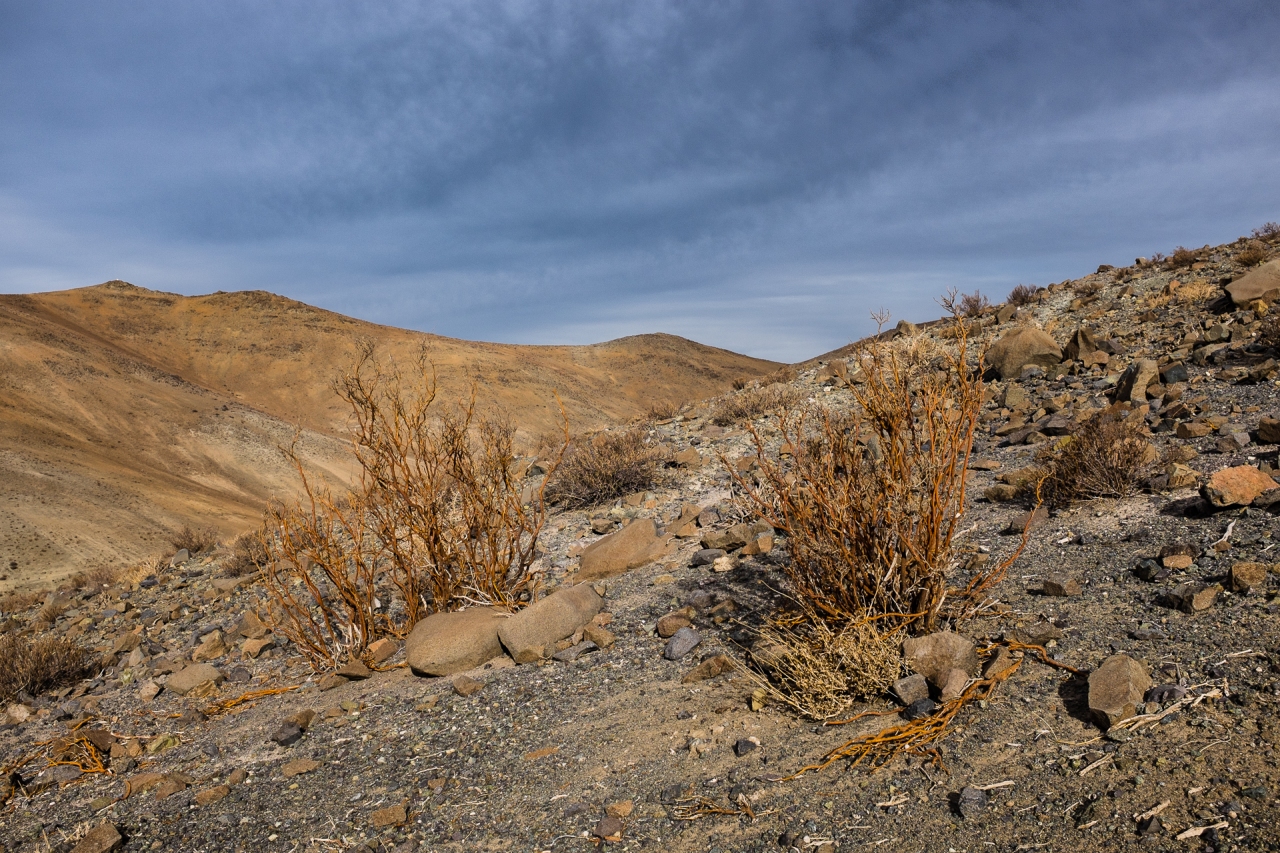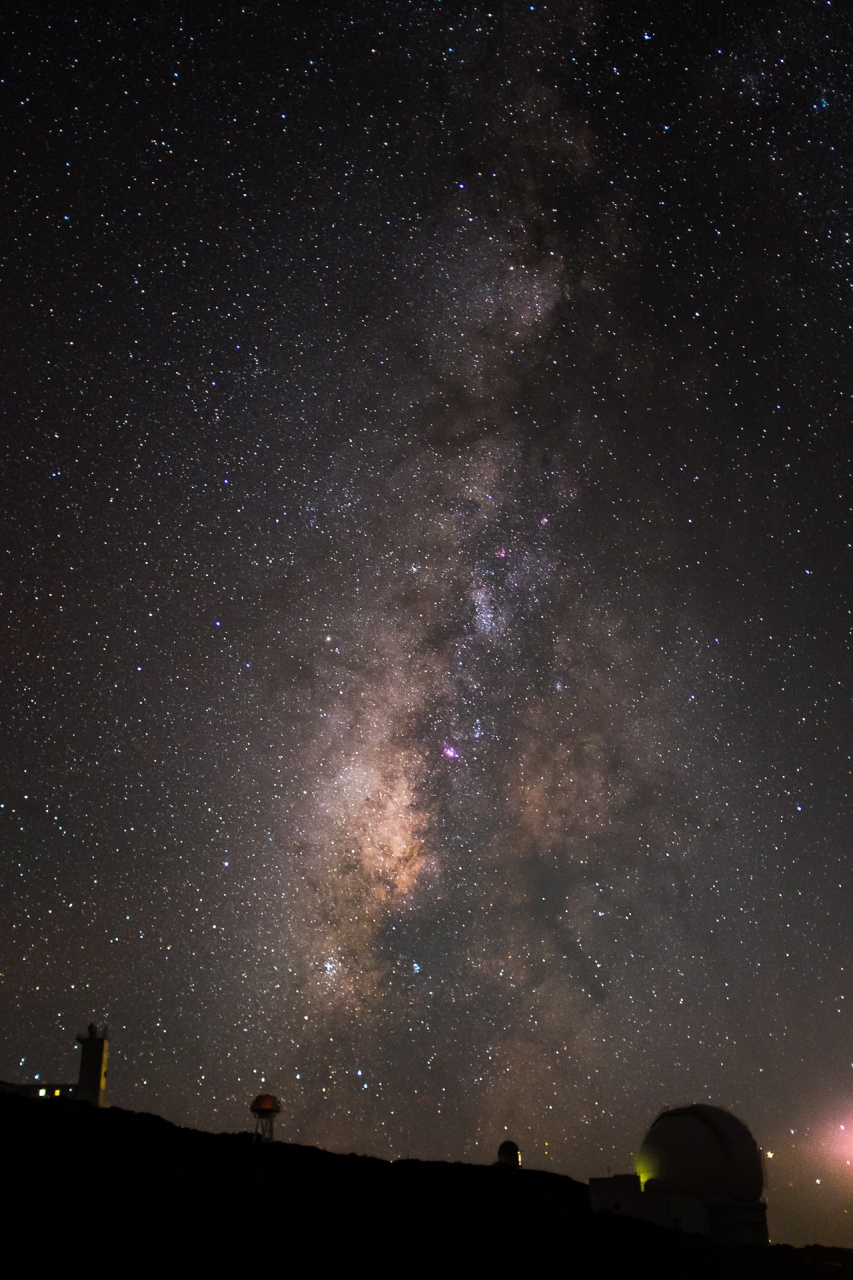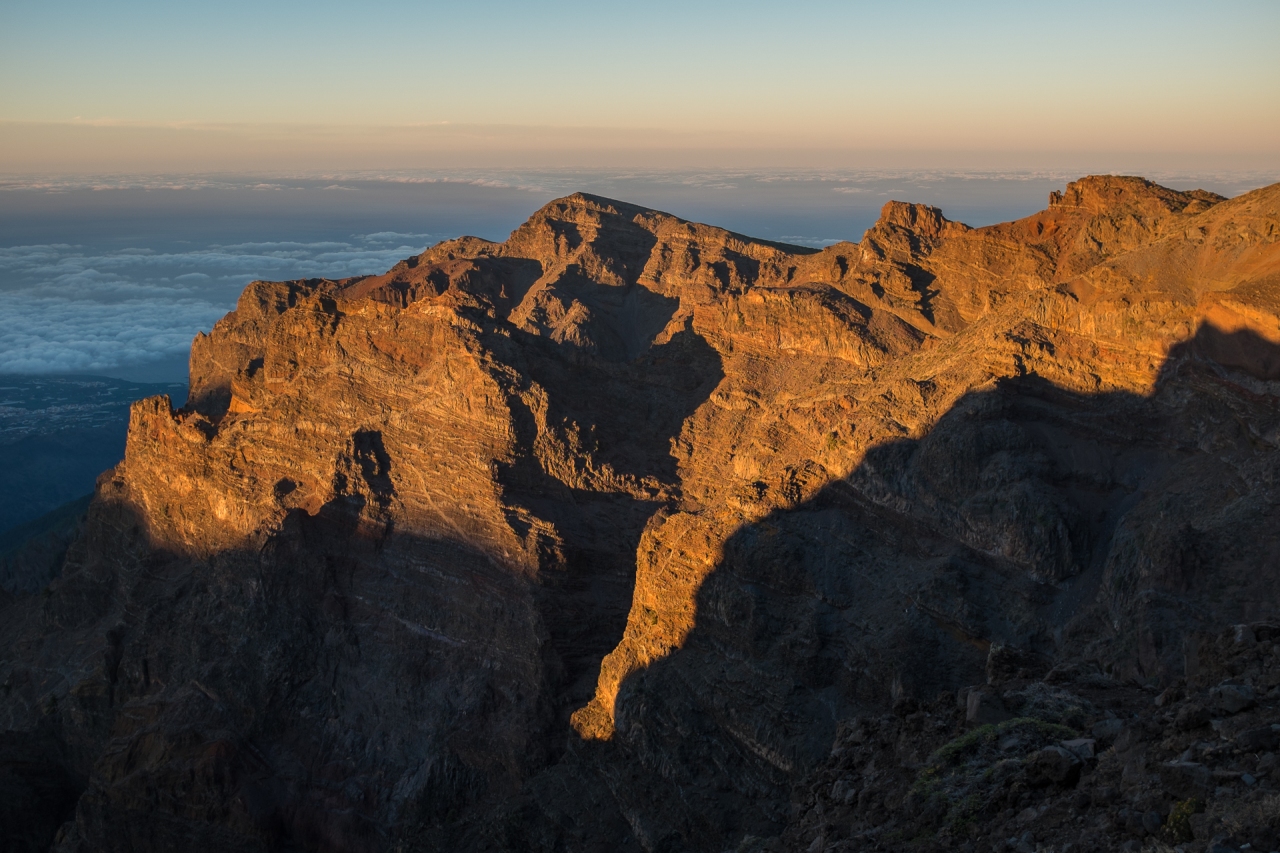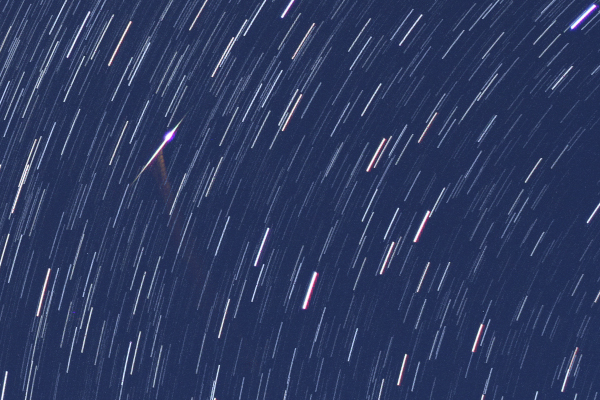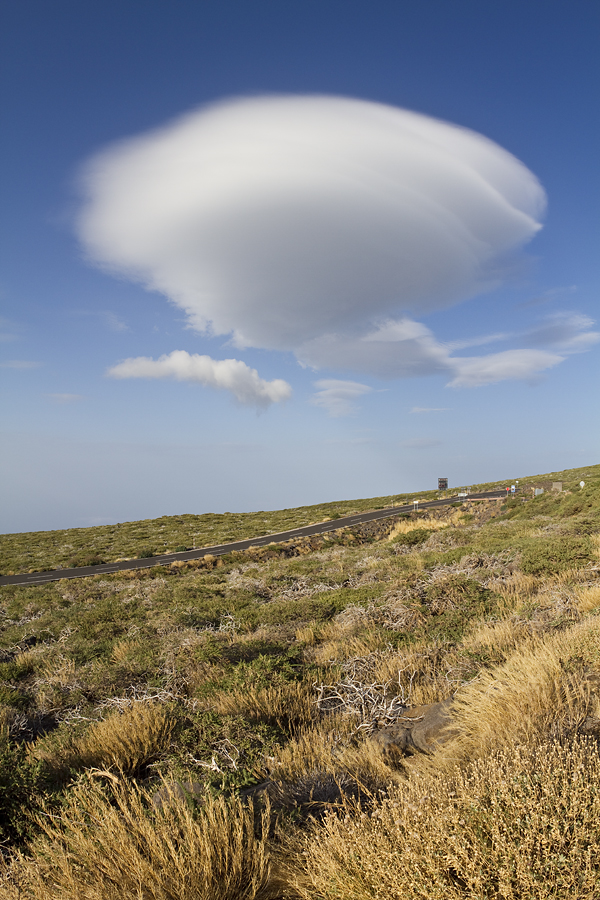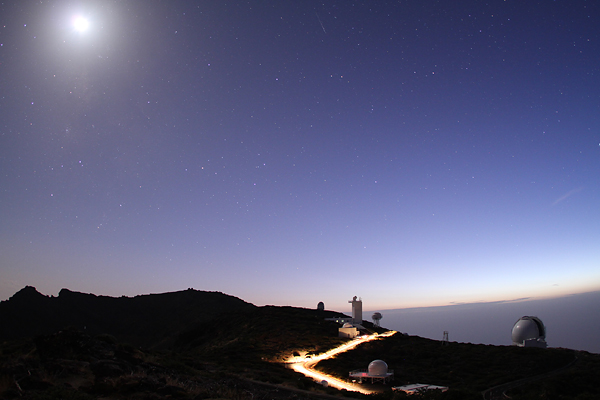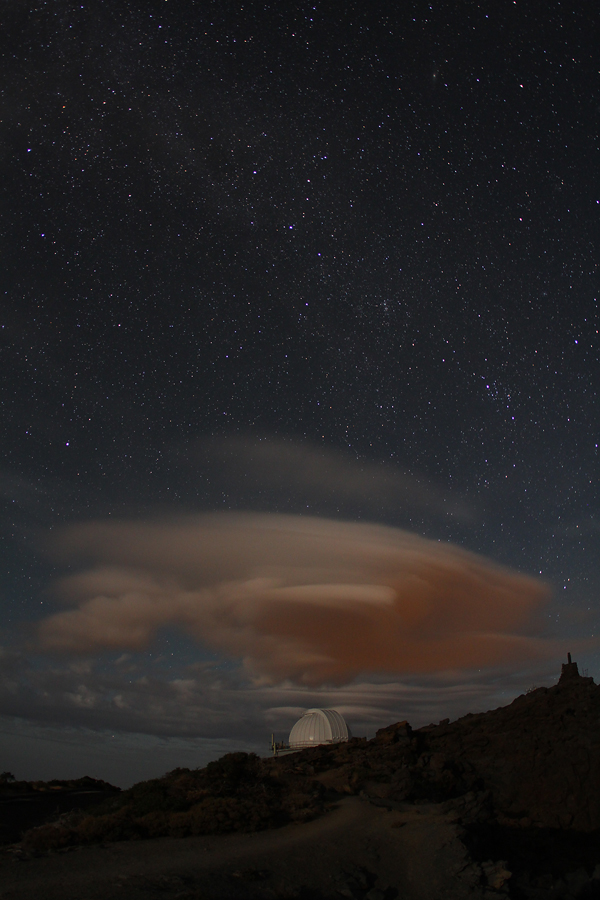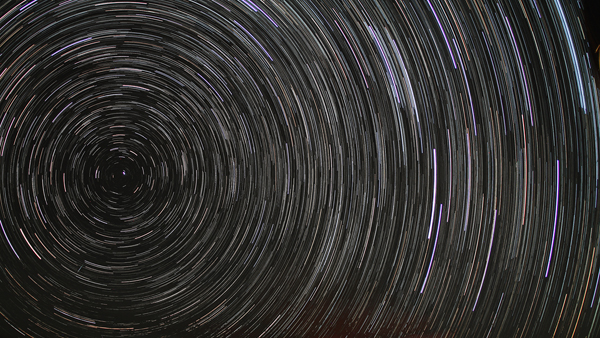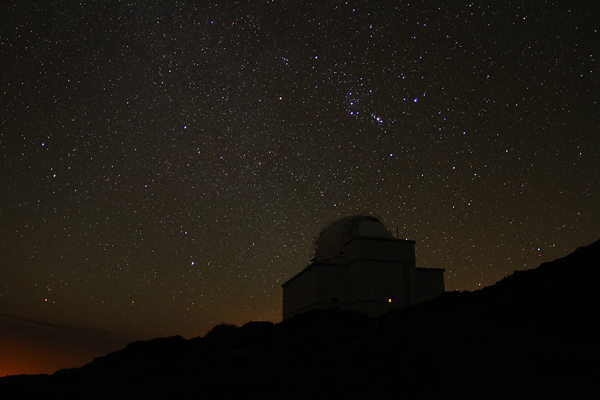After a short TGV ride from Brussels to Paris on 1st class (and almost getting chased down by the French border control after not wanting to stop for their undercover agent at the train station – yeah, sorry, but anyone can wave in front of you with a fake ID…), and a flight of 14 hours and 35 minutes (I had the same flight duration from Abu Dhabi to Sydney last year), I arrived to Santiago de Chile. I came to South America for the first time in my life, and I will be observing at the Swiss 1.2 metre Leonhard Euler Telescope at the La Silla Observatory (ESO).
The flight was really long, and with much more turbulence above the equator upon entering the airspace over Brazil than what I am comfortable with. Anyway, these Boeing 777s are luckily pretty flexible. Among others, I watched The Secret Life of Walter Mitty, which I found a really nice feel-good movie, with a great soundtrack. Unluckily I did not manage to sleep much, partly because the Air France economy class is simply crap, but mainly because while other people fell asleep almost immediately after take off, I wanted to sleep only after shifting to Chilean time, which coincided with others waking up and turning their reading lights on… Anyway, I got picked up at the airport by a taxi arranged by ESO (which by-the-way stands for European Southern Observatory), and after a short drive, ended up in the ESO Guest House in Santiago. It was quite an experience driving past dirt an poverty around the outskirts of the city, then the modern financial district, and ending up in the very green area of the guest house. The building itself is a colonial hacienda, with an inner garden, a nicely furnished living room, and very friendly staff. More importantly, with great food! I have not done much on the afternoon and the evening besides posting the two previous blog posts, simply because by nine I was so tired, that I had to go to bed. I did not take more than 5 seconds to fall asleep.
The next morning I finally made it to the shower, then after a quick breakfast my taxi came and I took the plane to La Serena. With its 1h 15m flight time, it was nothing compared to the more than two hours I spent afterwards in the ESO transport driving up to the Observatory of La Silla. But at least I finally saw the blue sky (the weather in Santiago was pretty rainy and windy), and the Andes. The roads here are generally not the best, but the last section towards the observatory before the gate of the ESO was simply missing (only gravel), while after the ESO gate, there were more potholes than road around them. It was really bad, not only compared to the smooth roads of Mallorca… I was seriously worried about my photo equipment.
Then upon arrival, I was immediately taken to my room. End that was it. No reception, no check in like on La Palma, nothing. I was still in time for lunch, where I ran into the current observer and a few other young astronomers (and by young I mean more or less my age) too. Since I had nothing better to do, I joined them for a small excursion to the nearby (dried out) oasis and a small copper mine.
As you can see, this is a pretty dry place, a rocky desert. But a very colourful one! Now I am at the telescope, but the sky is cloudy, so we are not working tonight. Also, my run only starts on Monday, so I still have some time to walk around, and take some pictures of the Southern sky, if it clears up. Many more posts to come!
